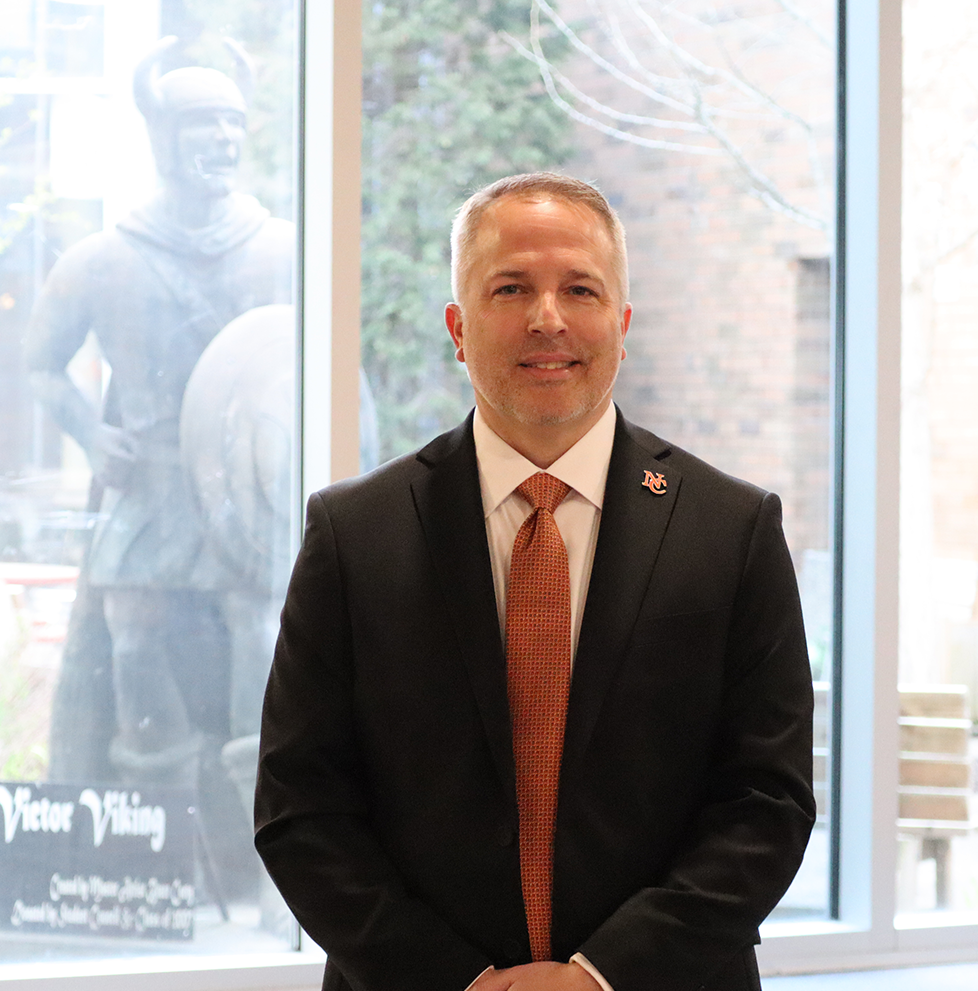“Currently, Ohio state legislators are preparing a state budget that will determine whether to fairly fund Ohio schools by completing implementation of the Fair School Funding Plan,” NCCS stated in a letter April 1. “The Ohio House and Senate took a giant step forward for students and schools by enacting the Fair School Funding Plan in 2021. The Fair School Funding Plan was developed by school district leaders and expert practitioners. It translates real student needs into concrete resources by accounting for essential education components like appropriate class sizes, student support services, and educational technology. The formula treats all taxpayers fairly based on their community’s ability to raise local funds.”
NCIS Tech Skills teacher and North Canton Education Association [NCEA] president Miss Julie Nelson shares what exactly the funding plan is.
“The Fair School Funding Plan [House Bill 1] was signed into Ohio law on July 21, 2021 as part of the budget bill,” she said. “The Fair School Funding Plan was bipartisan legislation that created a new method for calculating school funding. The benefit of the Fair School Funding Plan is that there was going to be stability and schools could plan for a specific amount of resources coming in.”
The Fair School Funding Plan is a piece of legislation that keeps money flowing to the schools of Ohio. The funding plan is seen as a positive step for public schools since the old funding plan was deemed unconstitutional as part of the case DeRolf v. State. North Canton City Schools Treasurer Mr. Tim Walker spoke more on the Fair School Funding Plan.
“It was designed to account for things that are needed by every school district and then to take into account special situations, such as students with disabilities, such as students with high need, and such as students that English is not their first language,” he said.
The money given to schools was calculated based on what the state felt they needed, money for books, curriculum and staff. However, with the inflation to the cost of everything, the district has now become more expensive to run.
“The Governor’s budget, which is now being considered in the House of Representatives, includes the phase-in of years 5 and 6. However, the Governor’s budget DOES NOT include an update to base costs, which means that districts would lose money because the funding formula would not account for inflationary increases in base costs,” according to the April 1 letter. “The exclusion of inflationary base cost updates from the Governor’s budget equates to a reduction of approximately $1.4 million over the next two years for North Canton City Schools, compared to the full implementation of the model as it was designed. Without these funds, the District would need to take necessary actions to reduce spending by reducing programming or increasing locally generated revenue in order to balance the budget.”
The issue with this is, the state is still using the costs from FY 22, the fiscal year from October of 2021 to September of 2022.
“However, they are using the local funding inputs from FY 24, so that makes districts like ours look wealthier than we probably are, because they are using the most current data there but they are not updating the cost of what it actually costs to run our district,” Walker said.
With property values rising, on paper the city of North Canton is wealthier than it was during FY 22, but the cost of everything else needed has risen as well. The state is still using the prices of educational materials from FY 22 when calculating how much money districts will receive. Over time, this could have an effect on the high quality of education that the North Canton School District strives to provide. NCCS Assistant Superintendent, Mr. Dave Pilati, talks more about what this might mean for the district.
“We are going to have one less first grade position, two less middle school teachers [and] one less teacher at the high school level,” he said. “We are holding because we don’t believe that we will have the funding. If it is not fully implemented and schools receive less funding, then schools would have to cut costs. They would have to reduce staff and ask for another levy sooner than they thought.”
Pilati shared that the best way to fix the funding uncertainty is to speak out as a community. Meet with legislators, call them, write to them. NCCS asked members of the community to reach out to state legislators in the April 1 letter.
“The North Canton City Schools Board of Education approved a resolution at our March 19, 2025 meeting endorsing the continued implementation of the Fair School Funding Plan and calling on our legislatures to update the inputs for base cost calculations,” the letter stated. “Over the next few days, please take the time to call or send a short email to legislators who represent our school district.”
The plan was supposed to help schools in Ohio have a feeling of financial security, but how the plan is currently being implemented does not provide the adequate funding that schools need. This now causes the city to rely more on the property owners. According to Policy Matters Ohio, “Statewide, the Ohio House plans to shortchange Ohio’s kids by providing just 10% of the state funding schools need and deserve over the next two years.
“The board is doing everything they can to make their voice heard in Columbus,” Pilati said.
A note from The Viking Views: This article reflects information and interview questions accurate at the time of publication. As the legislative process continues, some details may have changed; some information may be outdated




![Mr. Jeff Wendorf [here in 2016] has served as NCCS Superintendent for the past nine years.](https://thevikingviews.com/wp-content/uploads/2025/05/Mr.-Wendorf-Viking-Views-Stock-Photo-use-these-words-as-photo-credit-e1747405506238-747x1200.jpg)
